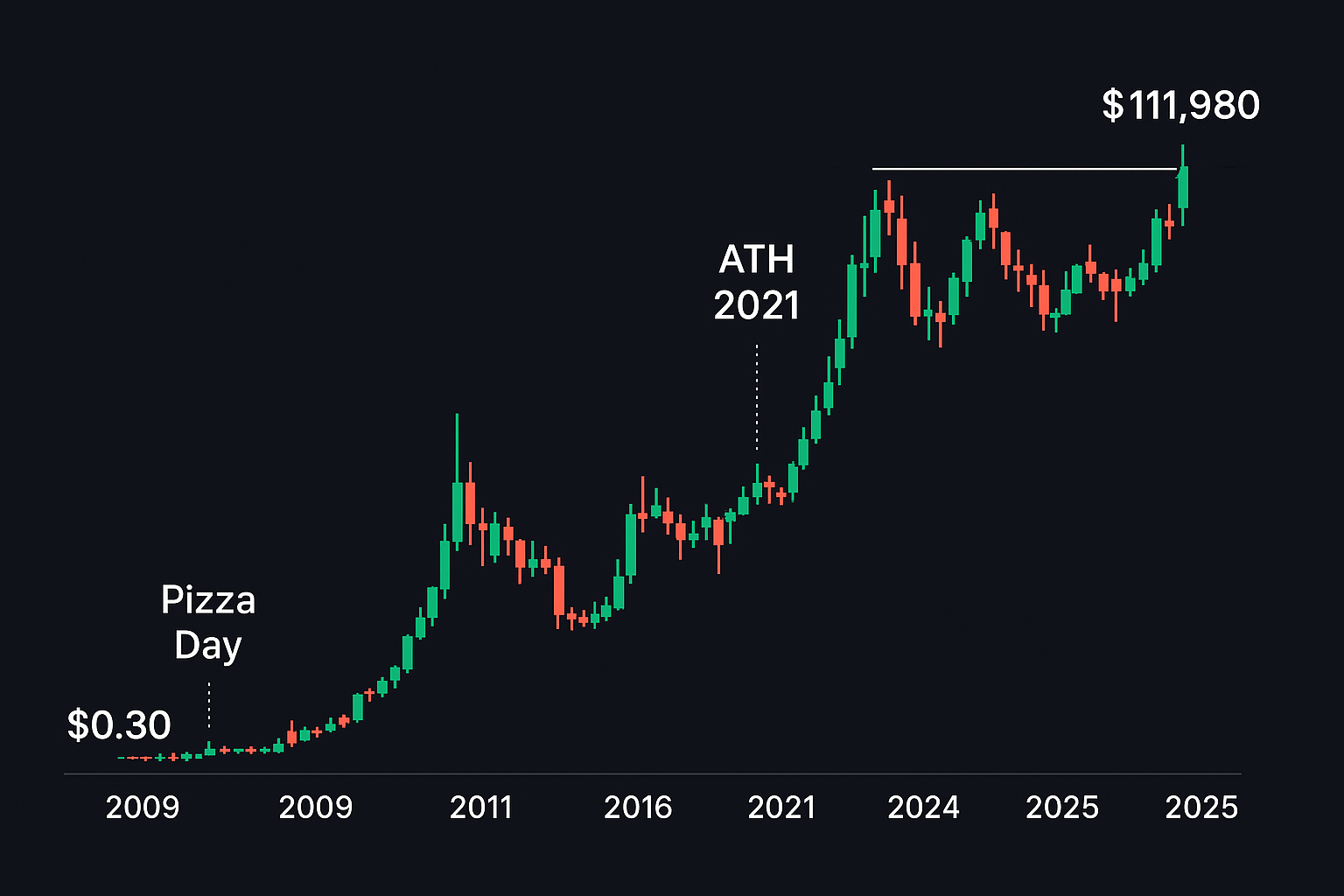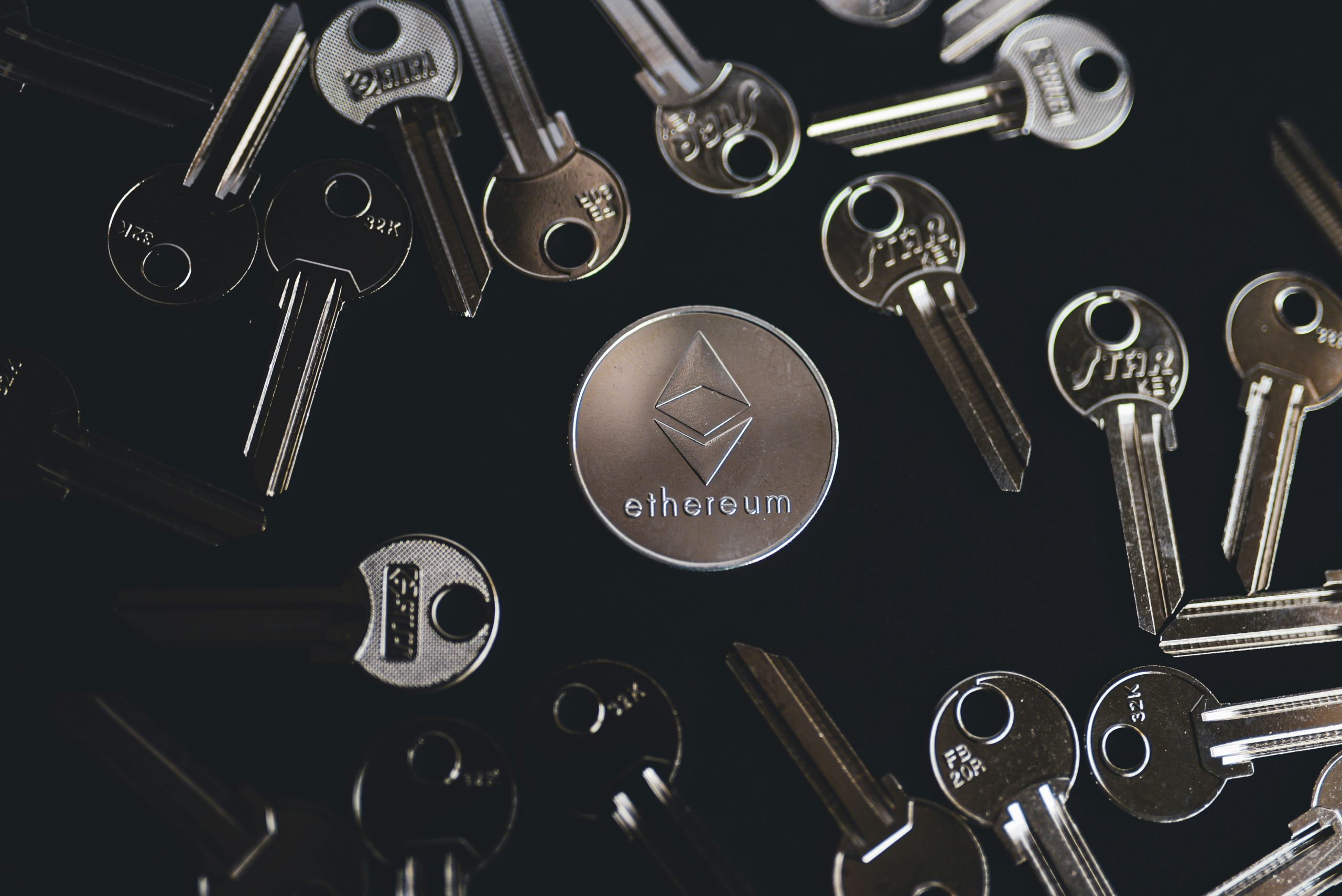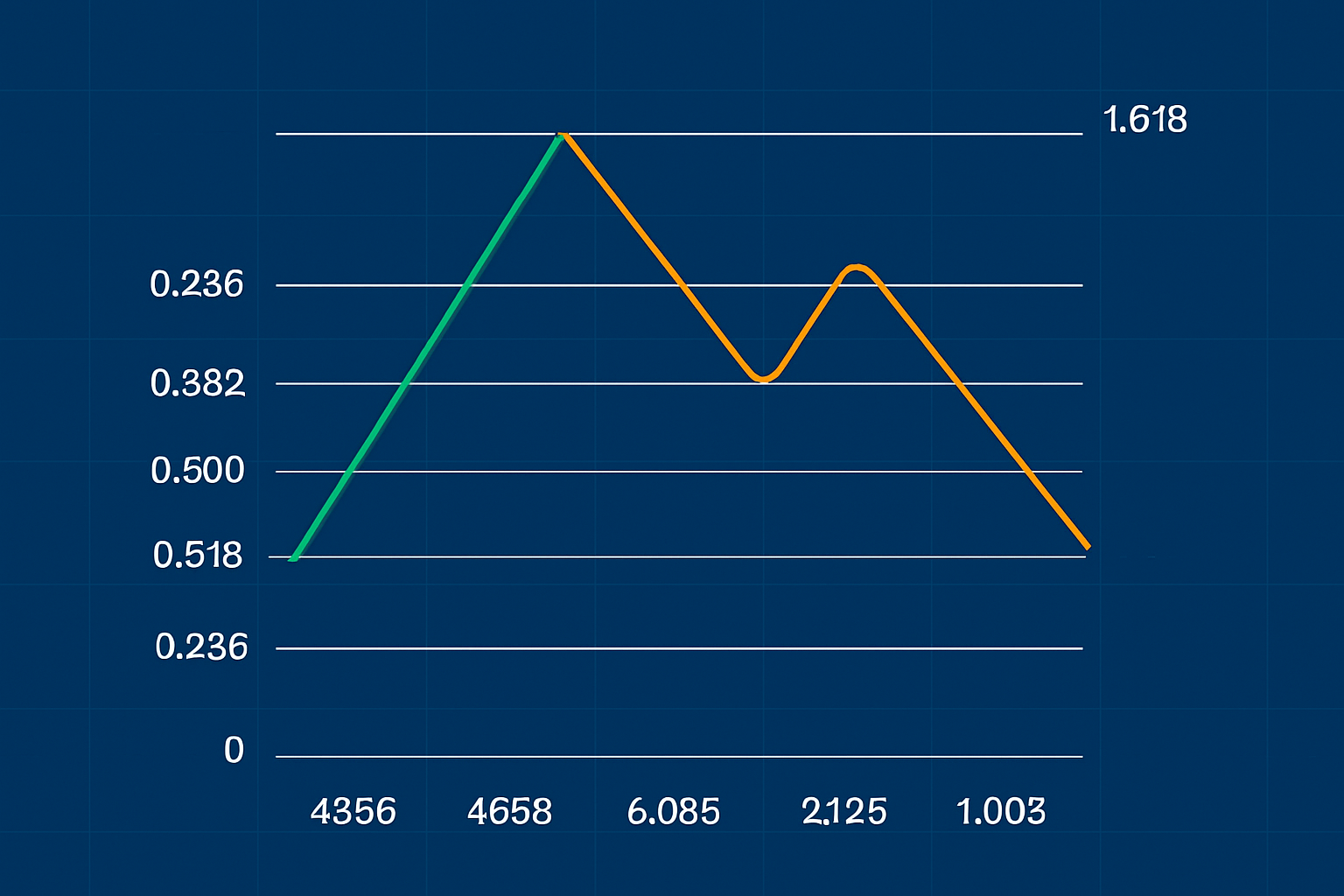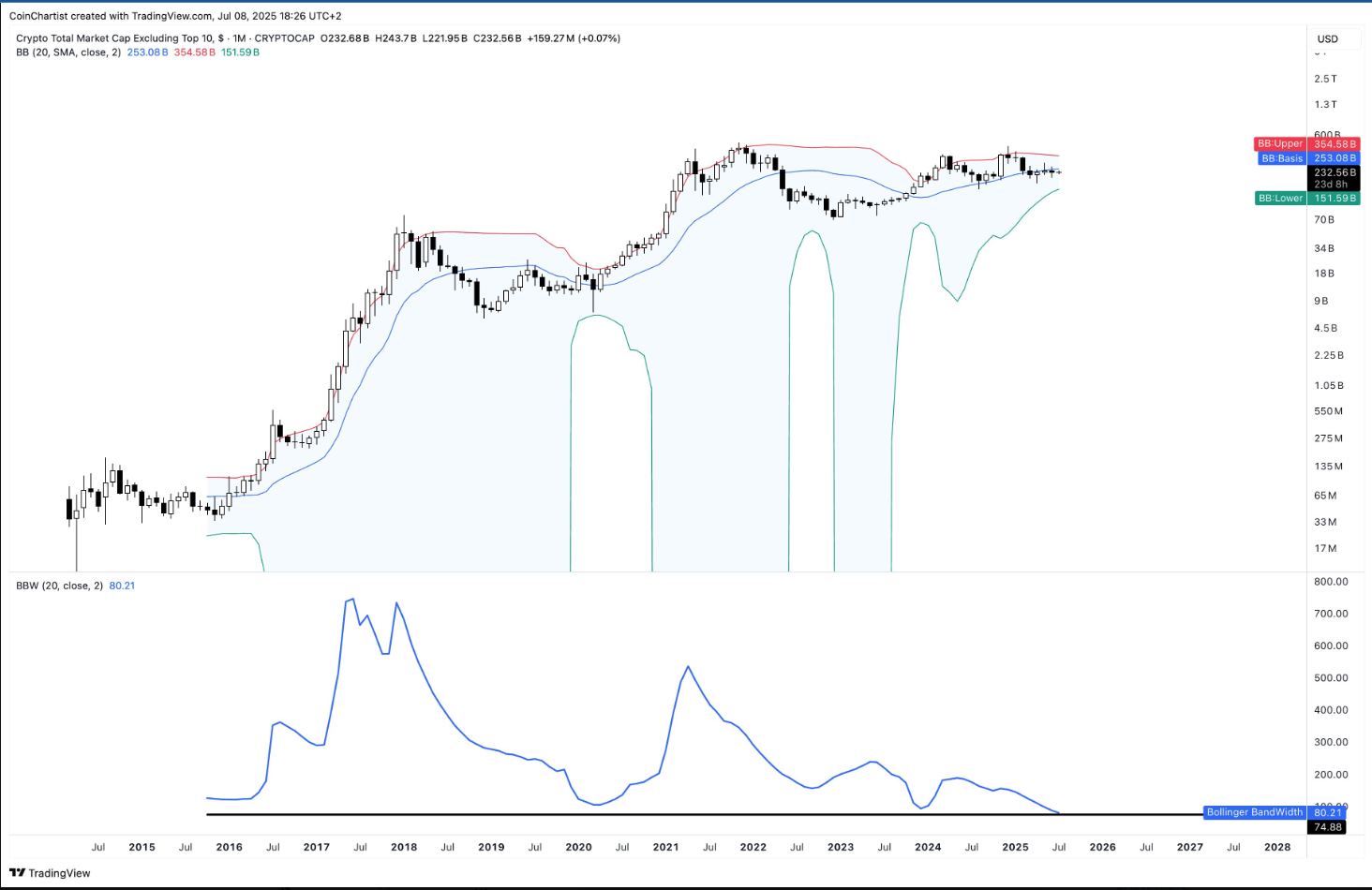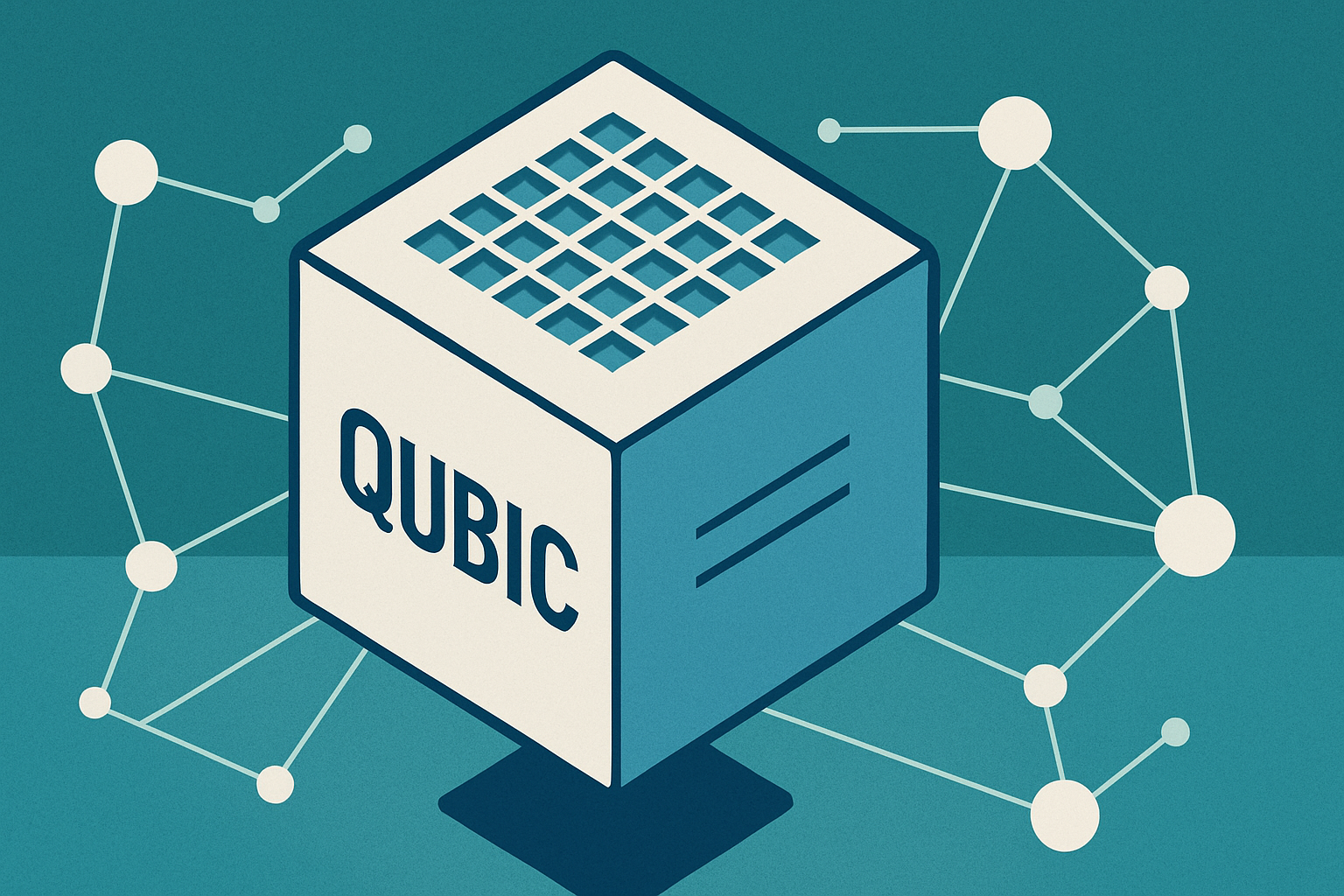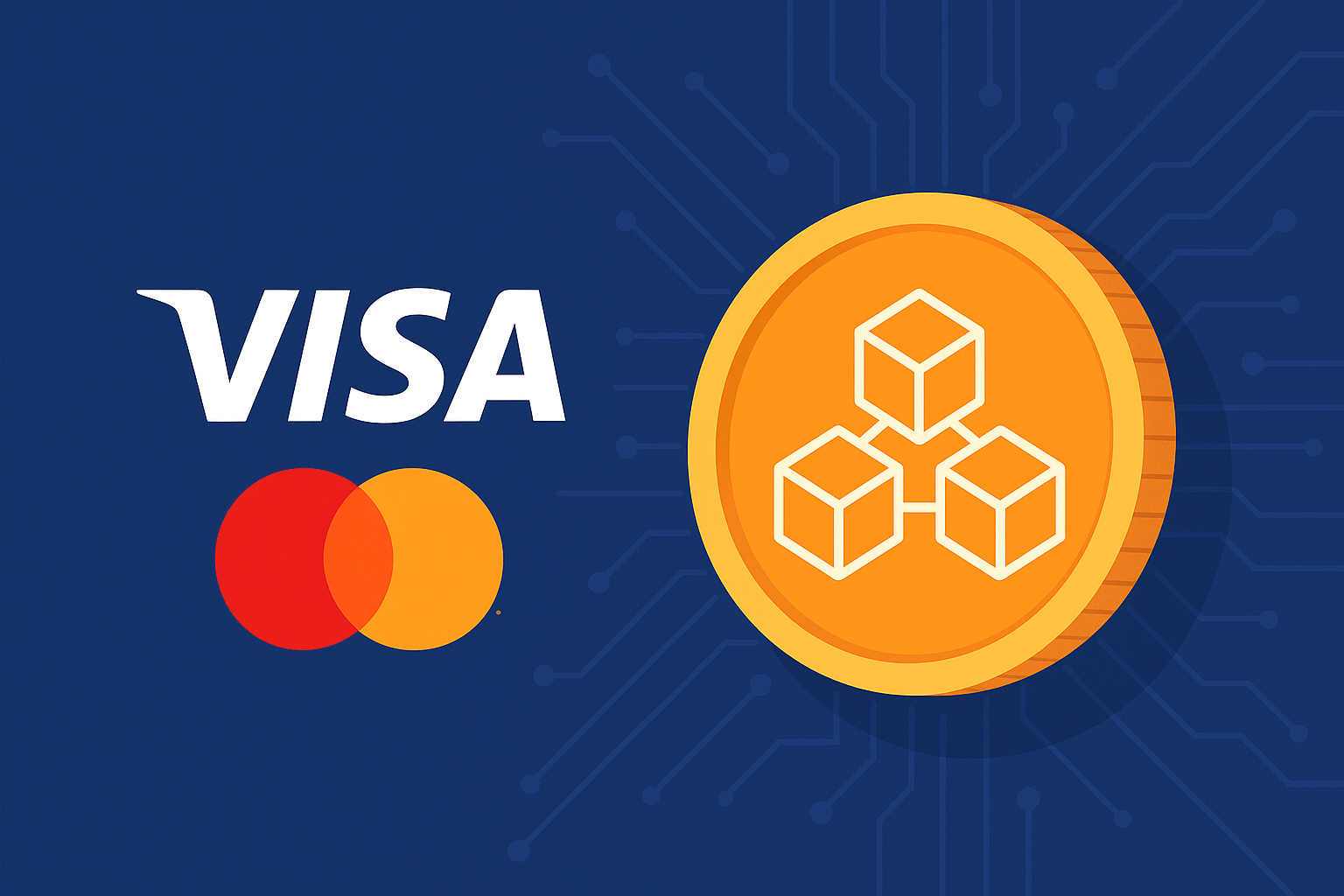Introduction
The world of finance is at a turning point. Crypto payments and stablecoins, once fringe innovations, are now shaking the very core of traditional banking. At the center of this financial shift are Visa and Mastercard—two of the most powerful players in global payments—scrambling to adapt to a $253 billion crypto threat.
The Growing Crypto Threat Facing Traditional Finance
Cryptocurrencies and decentralized finance (DeFi) platforms have rapidly gained traction, offering faster, cheaper, and more transparent transactions. Stablecoins, in particular, are seen as direct competitors to traditional payment rails, offering fiat-pegged value with near-instant settlement and minimal fees.
This market—valued at over $253 billion—is attracting not only crypto-native users but also mainstream consumers and merchants. For legacy giants like Visa and Mastercard, ignoring this shift is no longer an option.
Visa’s Blockchain Ambitions
Visa has been proactively experimenting with blockchain technology since 2021. Here’s how the payments giant is moving forward:
Stablecoin Settlement
Visa has piloted USDC (USD Coin) payments on the Ethereum blockchain, enabling near-instant B2B settlements and cross-border remittances. These experiments aim to future-proof Visa’s role in international finance.
Tokenized Payments
Visa is exploring tokenized card payments using blockchain, allowing users to transact seamlessly across traditional and crypto ecosystems.
Partnerships & Web3
Visa has also partnered with multiple Web3 firms to offer crypto-native credit cards and NFT loyalty programs—an effort to bridge old finance with new tech.
Mastercard’s Multi-Pronged Approach to Crypto
Mastercard, too, is investing heavily in blockchain innovation. Here’s what they’ve done so far:
Multi-Blockchain Compatibility
Mastercard’s recent announcements revealed new tools allowing developers to build and deploy apps across multiple blockchain networks using one API—a game-changer for Web3 scalability.
Digital Currency R&D
The company is actively collaborating with central banks (CBDCs) to ensure its rails support future digital currencies.
Crypto Card Integrations
Mastercard has already partnered with exchanges like Binance and Crypto.com to offer real-time crypto-to-fiat conversion cards.
The $253 Billion Opportunity or Threat?
According to Bloomberg’s research, crypto-related financial activities—especially those built on stablecoins and tokenized assets—are capturing a large portion of the payments market previously monopolized by traditional networks.
“Every transaction that happens over a blockchain network instead of Visa or Mastercard is one they don’t profit from.”
– Bloomberg Analysis
Stablecoins alone account for over $150 billion in daily volume, with an increasing share going toward payment use cases rather than speculative trading. As CBDCs and decentralized apps continue to emerge, the $253 billion market will only grow more competitive.
Traditional Finance Adapts or Dies
The message is clear: Visa and Mastercard are no longer competing only with each other. They’re up against a new generation of programmable money that doesn’t need intermediaries.
Their survival—and relevance—depends on how quickly and effectively they can integrate blockchain technology without alienating their existing infrastructure.
What’s Next?
As crypto-native companies build out faster, cheaper, and more decentralized systems, traditional players will need to:
-
Collaborate with blockchain developers
-
Adopt stablecoin and tokenized payment models
-
Offer user-friendly hybrid products
-
Embrace regulatory frameworks for digital currencies
Closing Thoughts
Visa and Mastercard aren’t ignoring crypto—they’re racing to keep up. Whether this $253 billion disruption becomes their biggest opportunity or existential threat depends on how well they adapt to the decentralized financial revolution.
The war between TradFi and DeFi is heating up, and the next five years will decide who dominates the future of money.



